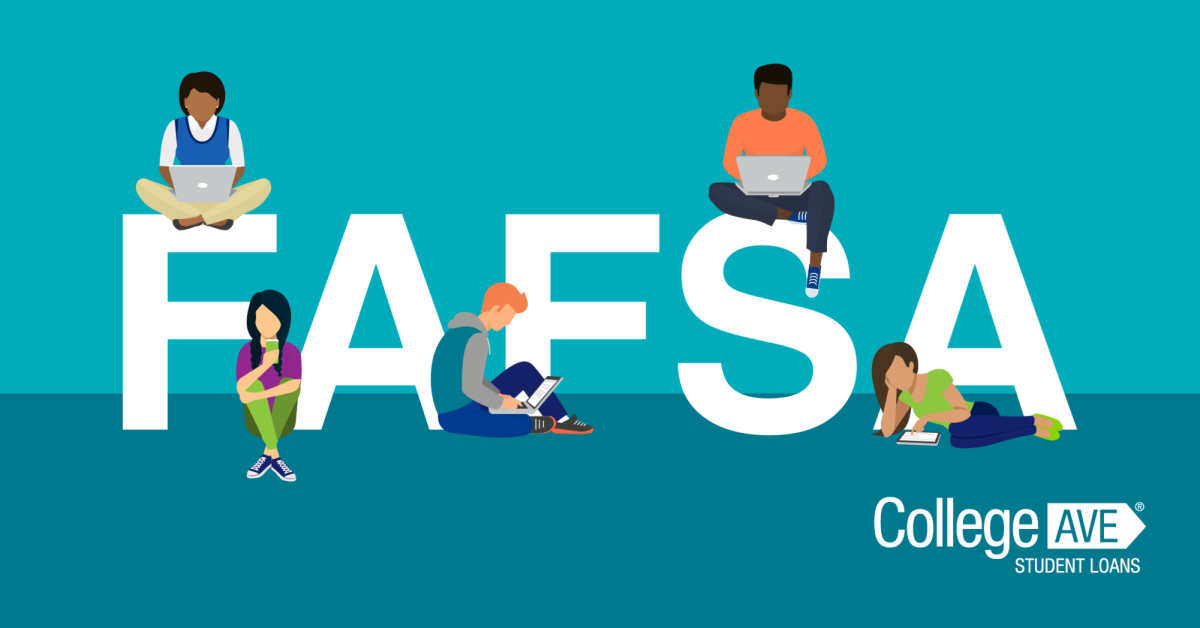A new elective is transforming students into teachers. Education I, a course new to both Spring Valley and the Clark County School District (CCSD), is setting its sights on training the teachers of tomorrow through the Career and Technical Education (CTE) program.
Education I will cover different aspects of being a teacher through its three-year course load. Starting with Education I, the only class currently available in CCSD, students will “address human development, care, teaching and learning as well as the legal requirements needed to teach students,” according to the course description.
“The class focuses on teaching students teacher strategies and getting them prepared with how to handle working with students in the future,” said Jodie Rose, the class’ instructor at Spring Valley. “Things like course planning, what works best, how to structure topics and preparing students are the biggest focus of this first year, and it’ll be expanded on in later courses.”
In addition to giving students a head start in the field, the course may also offer college credit in the future. Instead of retaking the foundation classes, students would go into upper-division courses upon reaching college.
As a new program, the class also recieved extra funding.
“The technology and money they (CTE) give lets us do so much more for the students,” Rose said.
In the class, every student has access to Chromebooks.
Beyond the technology and planning done in class, CTE is also preparing trips for students to gain experience teaching first hand. In April, the class is expected to travel to the Las Vegas Discovery Children’s Museum.
Since being in the works last year, the course has developed into its own elective across the district. Besides trying to get students interested in a future in teaching, CCSD hopes to address problems facing today’s school system and youth: the increasing shortage of teachers both in CCSD and across the country.
The teacher shortage has grown rapidly in recent years. According to a Learning Policy Institute study, the number of students enrolled to become teachers went from 691,000 in 2009 to 451,000 in 2014, a 35 percent decrease in enrollment.
Teachers such as Rose are concerned about the decreasing number of teachers across the nation. Despite a decline in those entering the field, many current teachers enjoy their profession because it allows their jobs to give them a sense of fulfillment.
“I went into the field for the fulfillment a corporate job couldn’t give” said Assistant Principal Ian Salzman. “I used to work in corporate America for 13 years, but was unhappy with it. Teaching has given me a sense of fulfillment”.
Similar sentiments come from Model United Nations, English and AVID teacher Michael Wabel, who also worked in the corporate world for 10 years before switching to teaching.
“I used to be in accounting and finance before I became a teacher,” he said. “I saw how many adults couldn’t, well, adult, and wanted to help students be ready for the real world.”
Across most teachers, a similar sentiment comes across: the feeling of helping a student or person.
“The feeling of helping just one kid makes it worth it” said math teacher Ryan Emord. The feeling of helping students grow and achieve more, essentially shaping the future, is what entices people into the field.
Beyond aiding students who already had intention of becoming teachers, Education I hopes to attract more students in its course. With the teacher shortage that’s plagued the nation, the district hopes to make teaching an attractive field again. Currently, CTE has attracted many students, ranging from those who already enjoy the profession to those who previously gave it no consideration.
“I want to become a teacher and leader of people” said Christopher Hong, a sophomore in Education I.
“I was just put in the class.” retorted Cysco Martinez, a junior in the Education program. While both had complete opposite hopes and desires for the class, they both look forward to the class.
Martinez looks forward to using the lessons on college and job application education given to them. Hong meanwhile enjoys the teaching aspect of it.
“The Chromebooks and technology we use every day help with a lot of it,” said Hong. “So far, it’s mostly been based on computers and that’s useful for keeping things organized and quick to learn.”
The class is also preparing for hands on experience further in the year. In the future, students will be able to learn how to teach others and apply their gathered skills in a real classroom.
And despite the class being small in size- a meager 14 are currently in the course- students like Martinez who didn’t expect to enjoy the course plan on continuing and possibly even joining the field as well.





